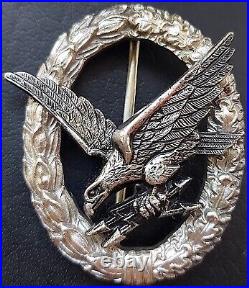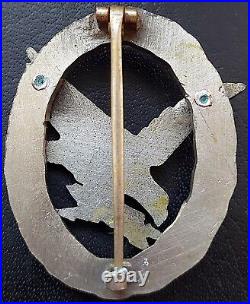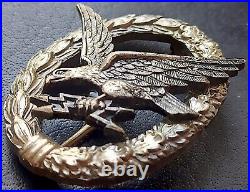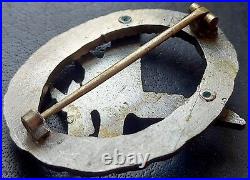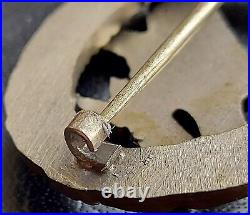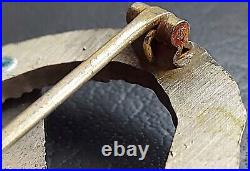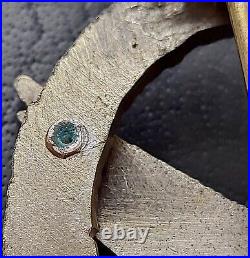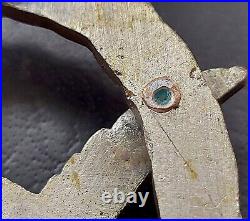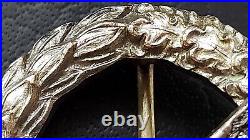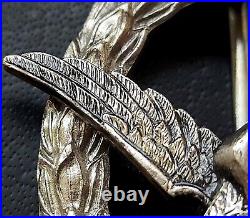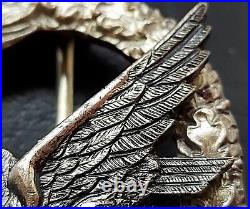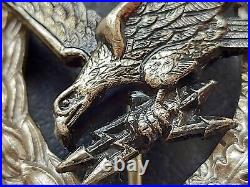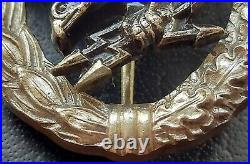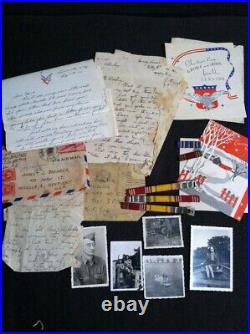
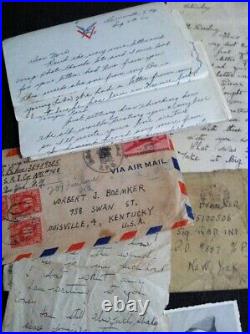
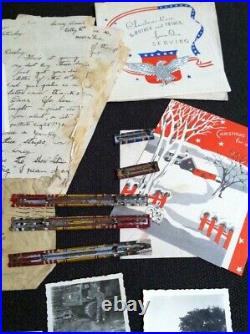
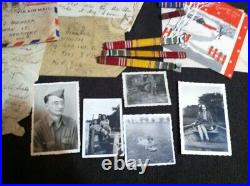
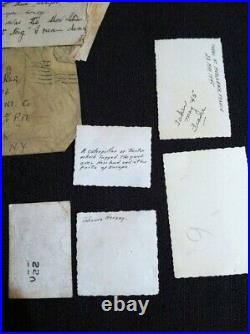
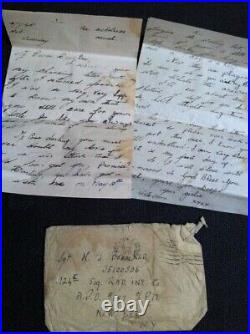
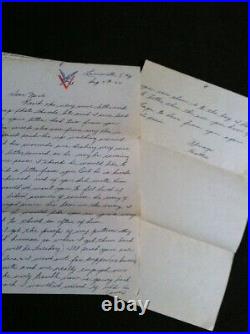
Boemker, of the 124th Signal Radio Intelligence Company, APO #887. Norbert Boemker resided in Harrison, Indiana. He enlisted in the army on 16 Jan 1941, Louisville, Kentucky. He was assigned to the 124th Signal Radio Intelligence Company. While overseas he was writing to “Hattie” in the US who eventually became his wife. He was also involved with “Sunny” Gormer, and English girl. He may have also been having another affair with Marion, an English girl living in Yorkshire. His wife, Hattie, 30 Sep 1912-1 Jul 1969. Boemker, 10 Nov 1912-4 Dec 1996 at age 84. He and his wife are buried in Calvary Cemetery, Louisville, Kentucky. This is a very interesting group to a GI in a specialized unit. Content of the letters, IMO, is very interesting. Material for this unit is hard to find. The 124th Radio Signal Intelligence Company was organized at Fort Sam Houston in 1941 for the purpose of monitoring enemy radio traffic for intelligence purposes. It arrived in England in September 1942 and went to France in October 1944, and qualified for the Rhineland and Central Europe campaigns. The unit was overseas for three years and recieved a Meritorious Unit Citation. Three narrow army WW2 ribbons bars. Pinback ribbon bars have ribbons for Army Good Conduct Medal, American Defense Service Medal, and ETO Medal They show heavy use. Two narrow army WW2 ribbon bars. Pinback ribbon bars are for the Army Good Conduct Medal and American Campaign Medal. Two cards and envelopes. Photos show woman layihg on ground reading, GI standing by High Speed Tractor, GI with two women, GI with glasses, Female soldier wearing British uniform in boat. Several of the photos have writing on the back. Four letters to Boemker from Hattie. Hattie would eventually become his wife. They are addressed, Dear Norb. The speak of various things such as her brother recovering from wounds in England, family affairs, writing other soldiers, and more. Two-4 page letters from Sunny Gormer. Intimate letters discuss love life, being “Very Good Boy” and “Very Good Girl, ” sending letters to wrong A. Smoking, holidays, writing to soldier husband “to be, ” and more. One loose page of another letter. Page is numbered #3. Envelope from a Soldier named Baker, 124rh SRI Co address to Boemker. Letter and envelope to Boemker. Letter is addressed to him at the 124th Signal Radio Intelligence Co and dated 11 May 45. Letter from “Marion” who speaks of the VE Day celebrations in detail. Letter is only signed, “Your Girlie” but is most probably Sunny. ” She writes about the song and alludes to, “Is you is or is you ain’t my Baby. She seems concerned about their relationship. Ribbon bars show normal wear/tear associated with age. This includes fading, wear on edges and other minor age related defects. Letters show wear/tear from age/use/storage. This includes fading with age, tears, chips. Photos show toning with age. All items may show minor age related defects but otherwise sound. Normal wear and tear associated with age.
